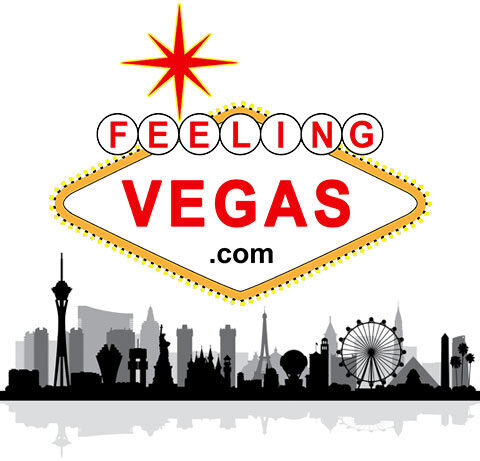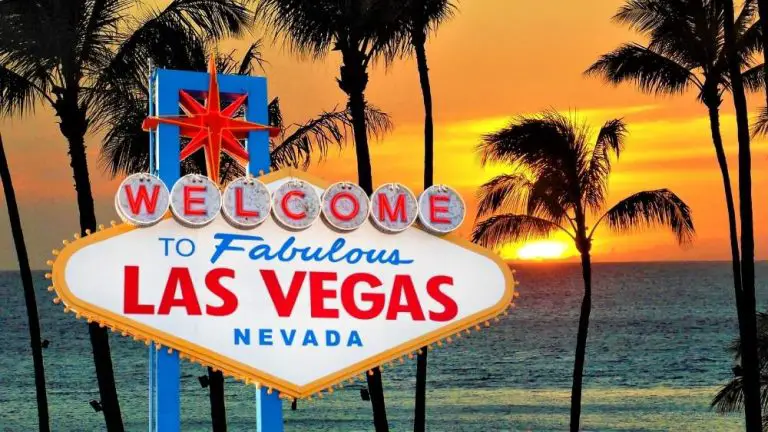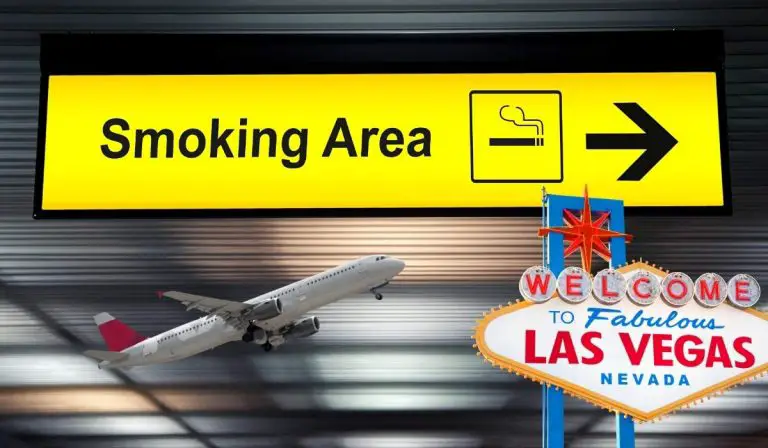Will Las Vegas Become Uninhabitable Due To Climate Change?
The city of Las Vegas is known for its promises of dazzling lights and abundant nightlife, but with the ever-present threat of climate change looming over the town, will Sin City soon become unlivable?
Residents of Las Vegas are no strangers to the raging heat that comes with the Vegas terrain, but the steady climb of triple-digit temperatures hasn’t gone unnoticed by the locals. Paired with population growth, dangerous air pollution increase, and concerns surrounding water supply, the unsavory circumstances have people questioning the livability of the region.

Extreme Heat in Las Vegas
The unfortunate truth is this: Las Vegas is the fastest heating city in the country. Comparing our country’s national temperature average to those from 1880, meteorologists have noticed a temperature increase of around 2°- which may seem minuscule, but even a change that small can bear disastrous results.
Las Vegas was built on what once was ample marshland and water resources, but with early settlers came the need to tap into these resources, and it changed the terrain indefinitely.
With temperatures climbing, Las Vegas doesn’t have the same amount of natural aid that it once used to, especially when paired with the booming number of citizens.
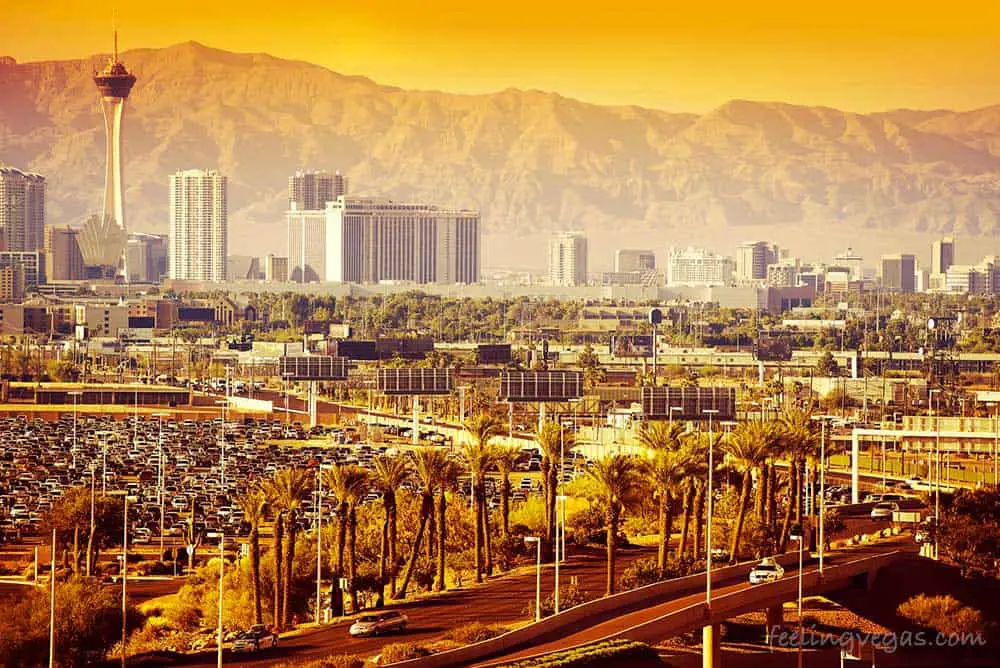
The city of Las Vegas increasingly finds itself to be in the center of a “heat dome”- which can be likened to a kind of airtight pot, trapping the heat and keeping it circulating throughout the city. It also warms the grounds to severely high temperatures, killing plant life and affecting wildlife.
In fact, the heat centralizing in the city has grown to be so distinct that NASA’s ECOSTRESS machine was able to notice the temperatures from space.
With the temperature the day of recording around 110°, the pavement trapped heat more notably than any other point in history, setting off NASA’s thermal radiometer for the first time.
Las Vegas Population Growth
With Las Vegas being such a major tourist destination, it’s easy to forget that there’s a population of just under 3 million people that call the city home. The number of people that call the metro area of Vegas their place of residence has been on a constant climb since 2010- and is expected to reach almost 3.5 million people by 2060.
They’re called to the city from neighboring states, hoping to get a slice of the quiet suburban life that tourists often forget exists in Sin City. Vegas was once a place known for its low rent prices and easy-going lifestyle, but with the masses of people migrating over, the city is being forced to tap into the already dwindling amount of resources available.

Aerial shots of the city show that residential buildings are already making their way up the rocky hillsides surrounding the city, and spreading farther out into the Mojave Desert. With costs of living rising, people are being pushed to work in horrific temperatures- and those who can’t are pushed onto the streets.
The housing crisis in the valley has families living in their cars, while those old enough to work subject themselves to tolling temperatures. The dangers of being out in the Vegas heat are very real. Lightheadedness and vomiting accompanying the weather are normal to Vegas locals working outside, but the city has claimed 570 lives to heat-related deaths in the past 5 years alone.
Air Pollution in Las Vegas
Outside of the heat, another danger shrouds the head of those in the desert town. With tourist traffic working in tandem with the growing population, aviation fuels and gas are making Las Vegas air even more difficult to breathe in.
Ozone, a molecule formed by the heat of the sunlight combined with Hydrocarbons, is great at high altitudes- but unluckily for those who are living in urban areas like the city of Las Vegas, ground-level ozone turns once populous oasis’ into uninhabitable wastelands.

With the temperatures of Las Vegas summers reaching all-time highs, the ground-level ozone wreaking havoc on the city forms at unprecedented rates, and cannot be cleared out in a timely enough manner to keep the air clean.
Outside of air pollution, the city is also known for its high amounts of particle pollution- another deadly additive to otherwise quality air. Particle pollution is caused by fuel emissions, burning coal and wood, and wildfires. These particles are so small, that they are constantly being inhaled by Las Vegas residents- spiking respiratory-related emergency room visits.
Dr. Lloyd Del Mundo, a pulmonologist in the city, has noted a significant spike in health issues since the city has grown in population, mainly due to the increase in motor vehicles and calls for public transportation. These ER visits can be deadly for those with asthma, but poor air quality can pose irreversible dangers for those with healthy lungs.
The Drought Plaguing The Las Vegas Valley
The Colorado River has been in constant depletion for years, meaning that its biggest reservoirs, including Las Vegas’ very own manmade lake, Lake Mead, are running low.
Nevada is just one of several states that rely on the river for their water supply, and in tandem with neighboring states like California and Arizona, it has used almost 7 million acre-feet of water in the last year alone.

Clark County, Las Vegas is currently in exceptional drought– meaning that pasture conditions are poor, water temperatures are rising while overall levels are lower, and fire season lengthens. May 2022 was the driest on record (for the past 128 years), with 2022 being the 3rd driest year so far.
This exceptional drought was borne this year alone, but what worries scientists is that Las Vegas hasn’t even begun its “hot” season yet- so 2022 could very well be the hottest one in history.
The heat plays a part in the historic decrease of water levels in Lake Mead, water levels low enough to expose the water inlets that were installed to pump water into the area in the event that the water level ever drops exceptionally low. The water crisis in the valley is unprecedented, and managers of the water district are watching it with worrisome eyes as it’s the first of its kind.
Will Las Vegas Become a Ghost Town? (The Future Of Las Vegas)
The federal government has recently stepped up to change the future of the city, as scientists are worried about the eventual downfall of the Las Vegas area. This call to action is being presented to city officials and the residents of the valley alike.
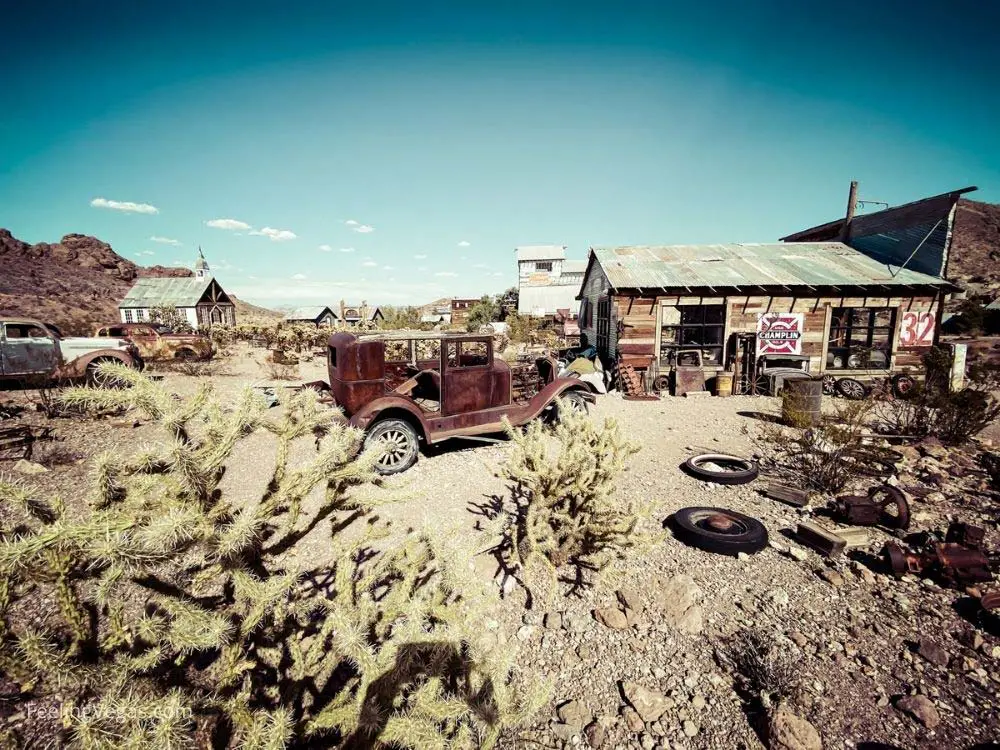
Clark County Action Plan
Early in 2021, Clark County officials released the Sustainability and Climate Action Plan. This plan is the foundation for cultivating a sustainable, environmentally friendly community that can in turn curb any damage done to our natural resources- mainly the decreasing water reservoir and increases in air pollution.
This plan is to be set in phases, and is a handful of years long- as the damage done to the Valley cannot be reversed in less time. It’s a way to call the residents of Las Vegas to look inwardly at their actions and how they may unknowingly be adding to the climate crisis in their hometown.
What sets the Las Vegas mission apart from other climate change plans is that it’s specifically designed to handle the life that citizens of the city lead. It keeps landmarks like The Strip in mind, hones in on transportation issues, and places focus on the urban lifestyle and how climate issues there are different than in rural communities.
Since the mission was set in action, the city has already made notable changes. Some of these include the addition of 450 miles of bike lanes to the streets, so non-polluting forms of transportation are more accessible to the residents. Public buildings, especially on The Strip, have switched to renewable energy resources and upgraded to LED lights.
Up To The People of Las Vegas
The effort of the Las Vegas government can only lead the city part of the way, however, as a large part of the work to reverse the damage done lies in the hands of the town’s citizens. Climate change is a deeply divisive topic for the area, so while a vast majority of the city believes in it, there is a number of residents who never will.
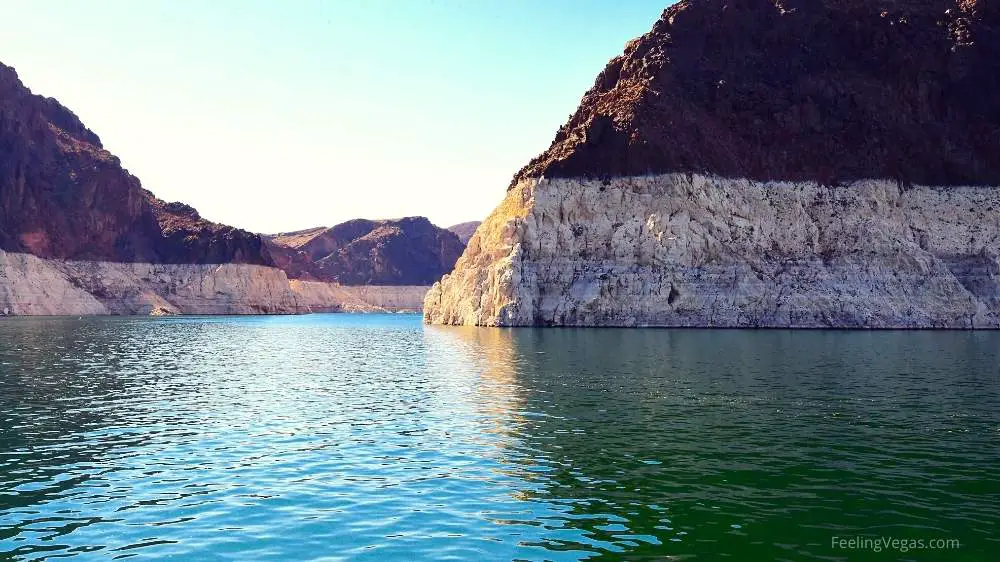
With climate change leading Las Vegas into uninhabitable terrain, it will take the efforts of 100% of the residents of the city to turn the wheel back in the other direction- that means making a distinct effort to reduce individual carbon footprints to make a difference. This can be done in multiple, easily done ways that take little to no effort.
Citizens are being encouraged to switch to electric cars. With transportation being the face behind ground-level ozone levels rising in the city, those who are financially able should make the switch to buying electric vehicles. In fact, the state of Nevada has already pledged to make all new trucks and buses electric- with the conversion being completed by 2050.
Water conversation is another factor, and one that many citizens turn the cheek on. For those who have led lifestyles full of 30-minute showers and not turning the sink off during daily toothbrushing, re-learning new habits can be difficult- but even little changes like that can make a difference in the water levels, especially when done on a wide scale.
Conclusion
With the climate being consistently inconsistent, Sin City is in profound trouble. Not only is the air quality at an all-time low, but water levels are following suit- the only things rising being the population, heat-related deaths, and, unfortunately, the temperature.
The scary reality is the question: “Will Las Vegas become uninhabitable in due time?” is very real, and if serious change isn’t enacted by both the government and the citizens of the city, the environment is well on its way to getting there, and it may be sooner than the country thinks.
